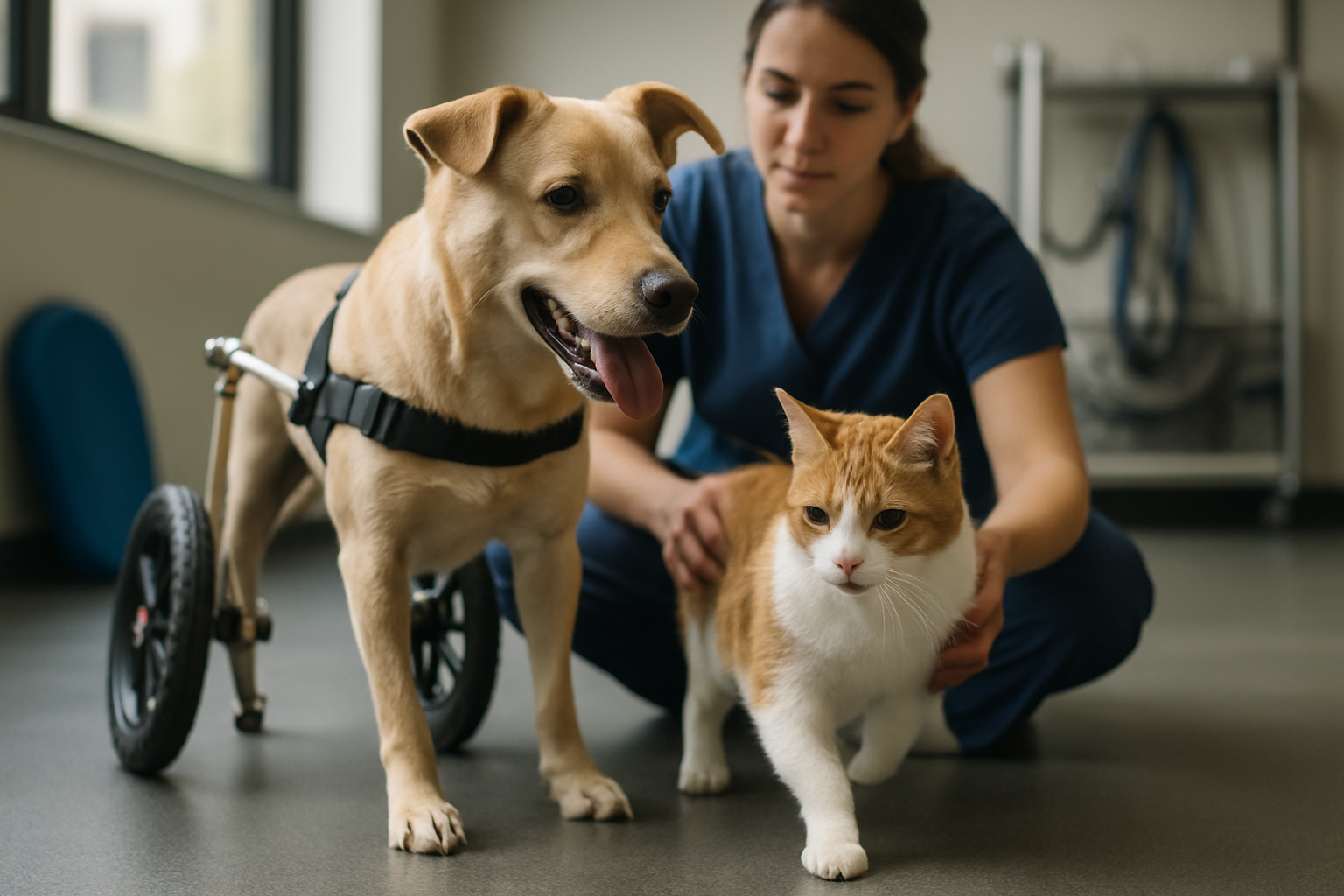Size and breed: how they influence a pet's aging process
Understanding how a pet’s size and breed shape its aging helps owners and veterinary teams interpret behavior, plan wellness routines, and estimate expected lifespan. This overview explains conversion between pet and human years, maps stages of maturity for both canine and feline companions, and highlights factors that affect longevity and health over the years.

How do breed and size affect aging?
Breed and size are two of the strongest predictors of how a pet will age. In canines, larger breeds typically have shorter average lifespans than smaller breeds, so a Great Dane may reach later stages of maturity and show age-related health issues earlier in life than a Chihuahua. Feline breeds show less size-driven variability, but breed-specific predispositions—such as tendencies toward hypertrophic cardiomyopathy or renal disease—still influence overall longevity. Genetics, which vary by breed, determine much of an individual animal’s baseline risk for certain conditions, while body size modulates metabolic rate, wear on joints, and susceptibility to some chronic diseases. Understanding these interactions helps owners set realistic expectations for aging and lifespan.
How does conversion map pet years to human years?
Conversion between pet years and human years is an attempt to contextualize stages of maturity and decline. Simple rules like “one dog year equals seven human years” are oversimplified; more accurate mapping recognizes rapid early development in many species and slower changes later. For example, the first two years of a dog’s life often correspond to the first 20–25 human years, while subsequent years convert at different rates depending on size and breed. Cats also mature quickly in their first year and then age more gradually. Conversion charts or calculators use breed, size, and chronological years to estimate comparable human ages, aiding owners in anticipating lifecycle needs and screening timelines.
What stages of maturity and lifespan differences exist?
Pets typically pass through predictable stages: puppy/kitten, adolescent/juvenile, adult, mature, senior, and geriatric. The timing of these stages varies by breed and size. Small dogs often reach maturity sooner and may remain in an “adult” phase longer before entering senior years, whereas large dogs progress to senior status earlier. Lifespan is shaped by genetics, environment, and preventive care; some mixed-breed animals can experience different longevity patterns compared with some purebreds. Recognizing stage-related signs—changes in activity, appetite, coat, and mobility—helps map an animal’s health needs over the years and informs screening for age-associated conditions.
What role do veterinary care and wellness play in longevity?
Regular veterinary care is a key modifier of how breed and size translate into health outcomes. Preventive services—vaccination, parasite control, dental care, nutrition counseling, weight management, and early screening—can delay onset or reduce severity of age-related diseases. For example, weight management is especially important for large-breed dogs to reduce orthopedic strain, while routine dental care can lower systemic inflammation risks that influence multiple organ systems. Wellness plans tailored to a pet’s breed, size, and stage of maturity support better long-term health and can improve quality of life in senior years. This article is for informational purposes only and should not be considered medical advice. Please consult a qualified healthcare professional for personalized guidance and treatment.
How can owners use mapping tools and data for better care?
Mapping tools—age conversion charts, breed-specific lifespan databases, and health trackers—help owners and veterinary teams plan preventive measures appropriate for each stage. When using such tools, provide accurate size classification, breed information, and exact chronological years to improve conversion estimates. Combine mapping outputs with documented health history, vaccination records, and lifestyle factors to prioritize screenings (e.g., orthopedic checks for large breeds, renal monitoring for certain feline breeds). Record trends in mobility, appetite, and behavior to detect subtle changes and adjust wellness protocols. While tools are useful for planning, they supplement rather than replace individualized veterinary assessment.
Considerations for long-term health and quality of life
Beyond breed and size, factors such as nutrition, exercise, environment, and timely veterinary interventions shape true longevity. Preventive nutrition optimized for life stage, appropriate exercise that protects joints, and environmental enrichment that maintains cognitive function are all important. For mixed-breed pets, focus on observed health patterns rather than assumptions about lifespan. Monitoring and responding early to signs of decline—stiffness, weight loss, changes in elimination, or altered social behaviors—can improve outcomes. Thoughtful, stage-aware care that integrates mapping insights with veterinary guidance supports healthier ageing across canine and feline populations.
Conclusion
Size and breed provide useful frameworks for understanding a pet’s aging trajectory, but they are only part of the picture. Conversion tools and lifecycle mapping offer practical context for stages of maturity and expected years, while veterinary care and wellness practices actively influence longevity and quality of life. Combining breed- and size-based expectations with individualized monitoring and professional guidance gives the clearest path to informed, age-appropriate care.






